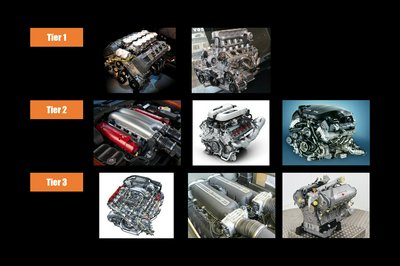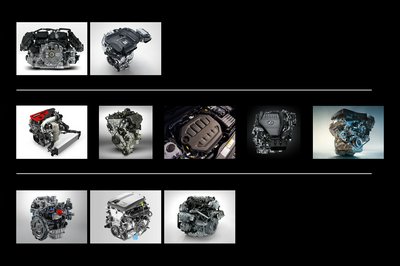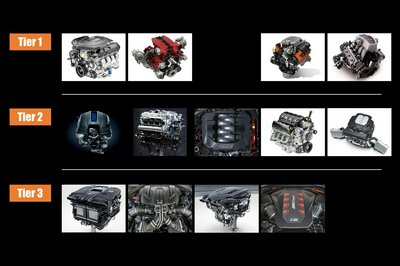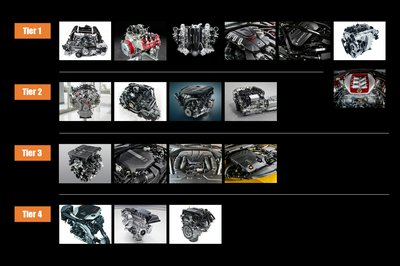techXXX
Ranking 11 V8 Petrol Engines in Production in 2024
Today, I rank 11 V8 petrol engines from 8 manufacturers in production in 2024.
Published by Dr Jiulin Teng on 23 Apr 2024 · Updated on 23 Apr 2024
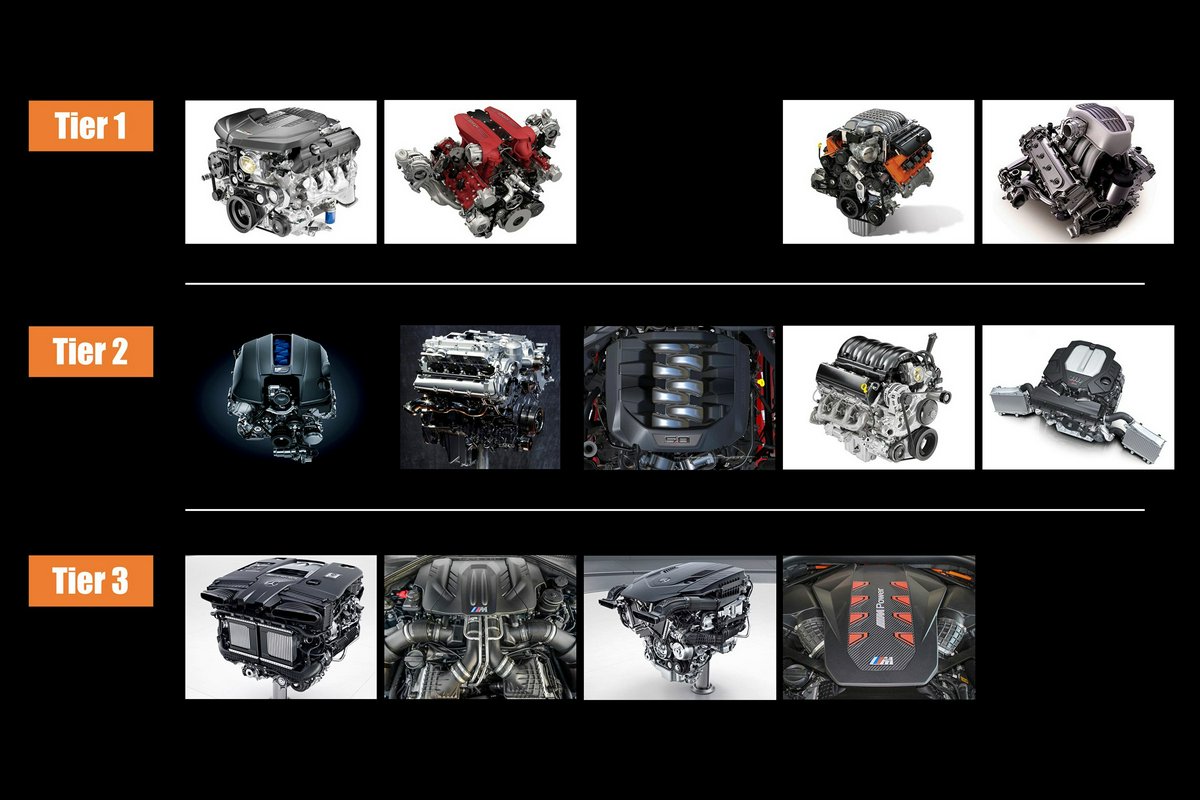
Today, I rank 11 V8 petrol engines from 8 manufacturers in production in 2024. While I group them into three tiers, it is important to keep in mind that there is almost no bad V8. Even those with somewhat problematic V6 variants are better in V8 form, mostly because the V8 is a simpler and better-balanced form factor. All V8s below have 90-degree bank angle.
Before I begin with Tier 1, I would do an honorable mention of the 3rd-gen Chrysler HEMI. Unfortunately, production ended last year. It would certainly be the Number 1 in Tier 1 otherwise. While I’m no expert, my understanding is that the hemispherical combustion chamber of the HEMI engine makes it more efficient compared to the Chevy small-block. However, it has two drawbacks: One, the head is slightly larger and heavier to accommodate the valves coming in at an angle. Two, it emits more nitrogen oxides, which is why emission regulations finally killed the HEMI.
Tier 1
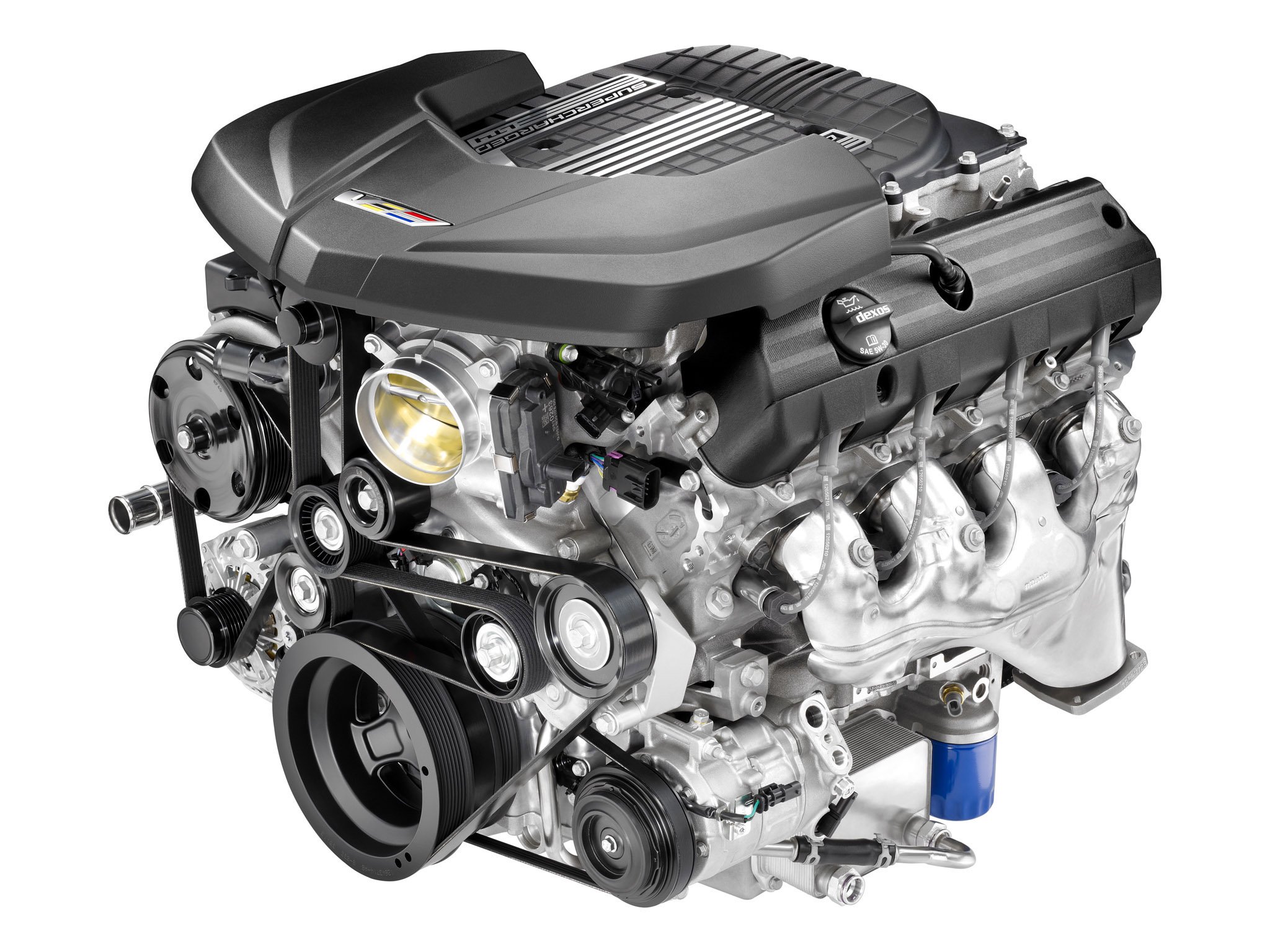
GM LT
First in Tier 1 is GM’s LT small-block V8. Still being made in LT2 form for the C8 Corvette and LT4 form for the CT5-V Blackwing and Escalade-V, this is the pinnacle of the American V8 today. Even when the HEMI was in production, many were partial to the LT because this is a simpler, more affordable, and probably more durable platform to build big power.
The OHV design ensures that the small-block V8 is surprisingly compact and exceptionally robust. It is also rather lightweight and reasonably efficient when compared to European V8s. With the LT, GM bolted on an Eaton Roots-type supercharger to get power that demolishes European V8s. With one of the best aftermarkets supports out there, the LT deserves the top spot.
Here I briefly mention that Roots and twin-screw superchargers are different: The former has two 3-lobed rotors that pump air and is referred to as a “blower”. The latter has a male rotor and a female rotor and compresses air; it is referred to as a “compressor”. Twin-screw is considerably more efficient.
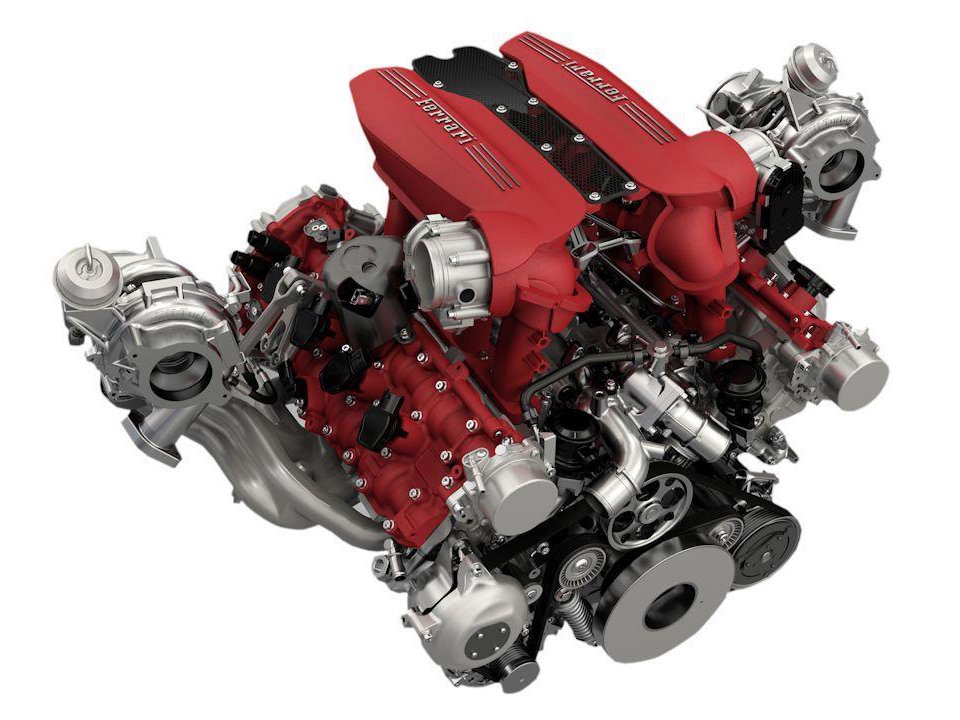
Ferrari F154
Second in Tier 1 is Ferrari’s F154. The first mass-produced turbocharged Ferrari road engine, the F154 has proven to be rather robust while delivering superb performance. I would not have added it to this list if it were not for its wide use in Maserati’s: While Ferraris do not seem to follow the depreciation curve of mass-market makes, Maserati suffers from one of the worst depreciations out there. This means that many F154-equiped Maserati’s are becoming approachable.
Notably, unlike German V8s, the F154 uses outboard turbochargers with air-to-air intercoolers. This design avoids the heat-soak problems that plague the Germans and allows for better power delivery. It is also properly over-square.
As usual, the Ferrari variants use a flat-plane crank with dry sump lubrication, while Maserati must do with cross-plane crank and wet sump lubrication. This slight “knock” actually again makes the Maserati the best-sounding turbocharged V8s of all.
One last thing to add is that while the F154 is arguably better than the F136 that it replaced, the Maserati Quattroporte V and the original GranTurismo are some of the most beautiful cars of all time. The Quattroporte VI is not as special.
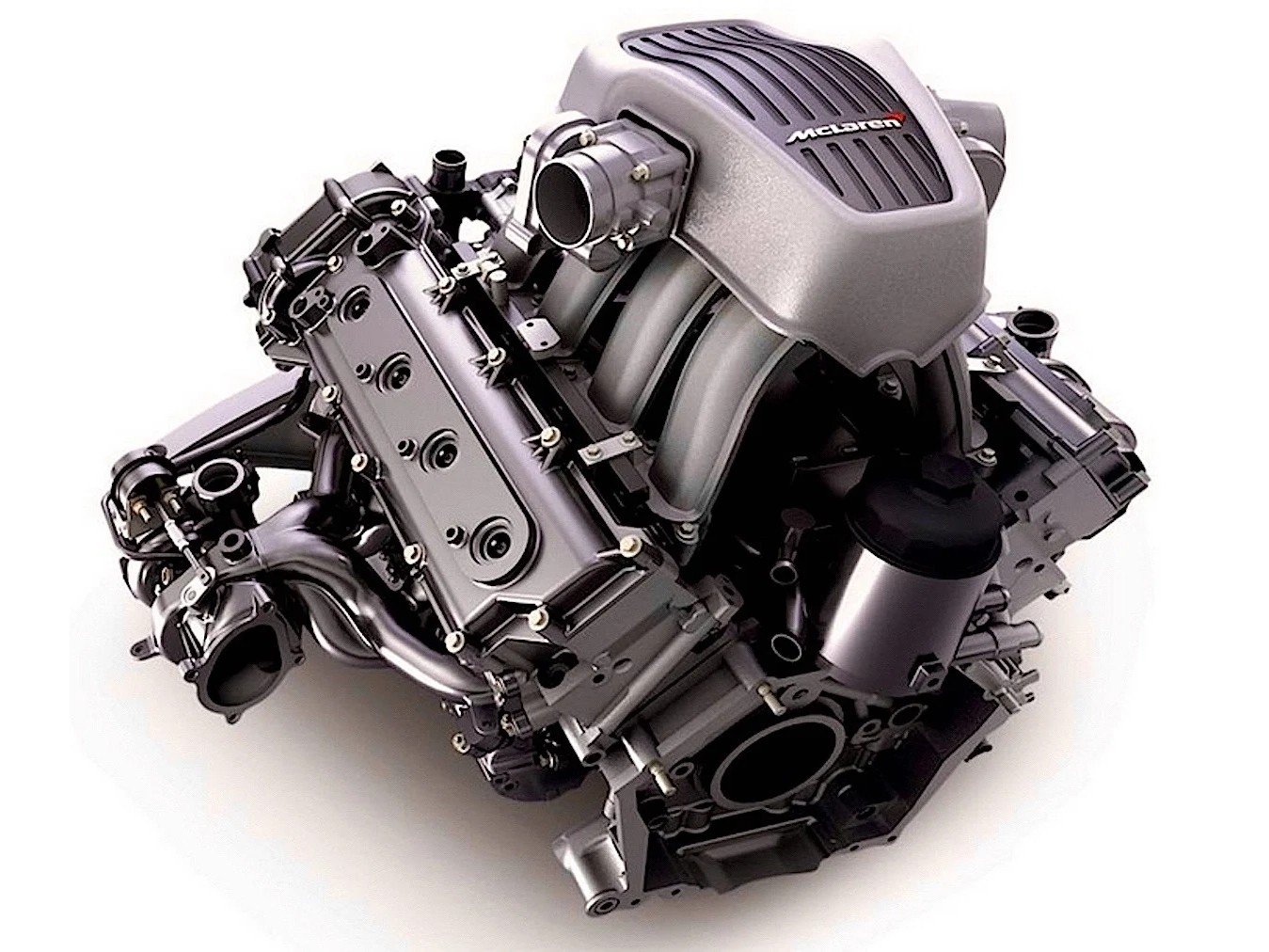
Not Ranked: McLaren M840T et al.
One engine that is probably Tier 1 but that I prefer not to rank due to the futility of the exercise is the McLaren M840T used in all current McLaren vehicles.
While most people will never get to see one in the wild, let alone drive or own one, this is by all looks a great design: It is over-square with outboard turbochargers and port injection, all ingredients of a high-performance, durable engine.
I am also not ranking the likes of Koenigsegg’s V8s.
Tier 2
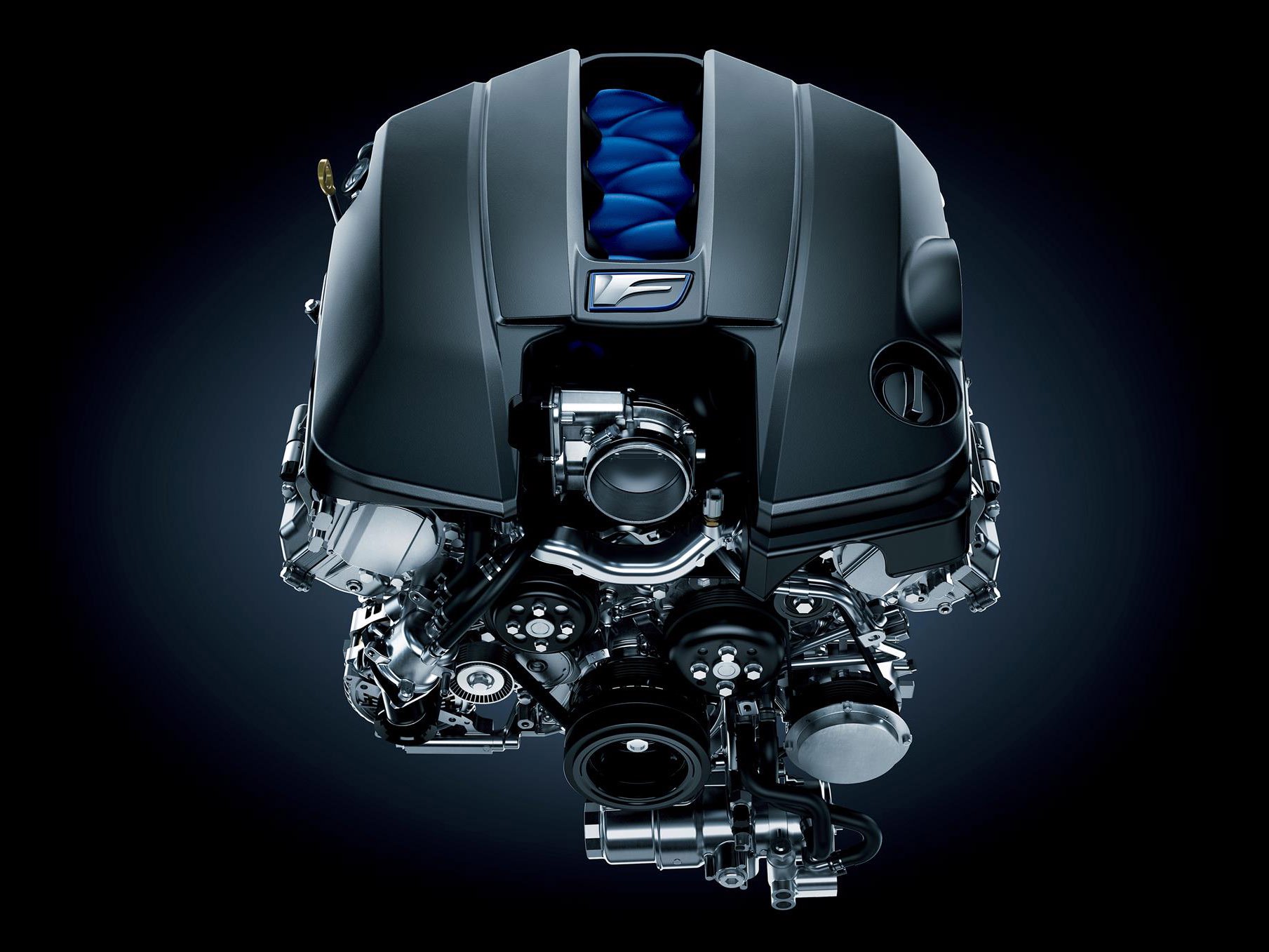
Toyota 2UR-GSE
Starting with Tier 2, I have Toyota’s 2UR-GSE naturally aspirated 5.0L V8. This is the one engine that can match, if not exceed, the Chevy small-block in terms of durability. In naturally-aspirated form, it is also a better performer. By today’s standards, the 2UR-GSE doesn’t feature much in terms of advanced technologies. However, it is one of the two V8s on this list with both direct and port injections from factory, though one can add port injection to the LT.
What makes the 2UR-GSE extra interesting is the fact that it is used in some of the last purist vehicles on the market: a compact executive sedan in the Lexus IS 500 F-Sport, a sporty coupe in the RC F, and a pure GT in the LC 500.
The 2UR-FSE is also in production, but as an “F” engine it is less interesting and not ranked.
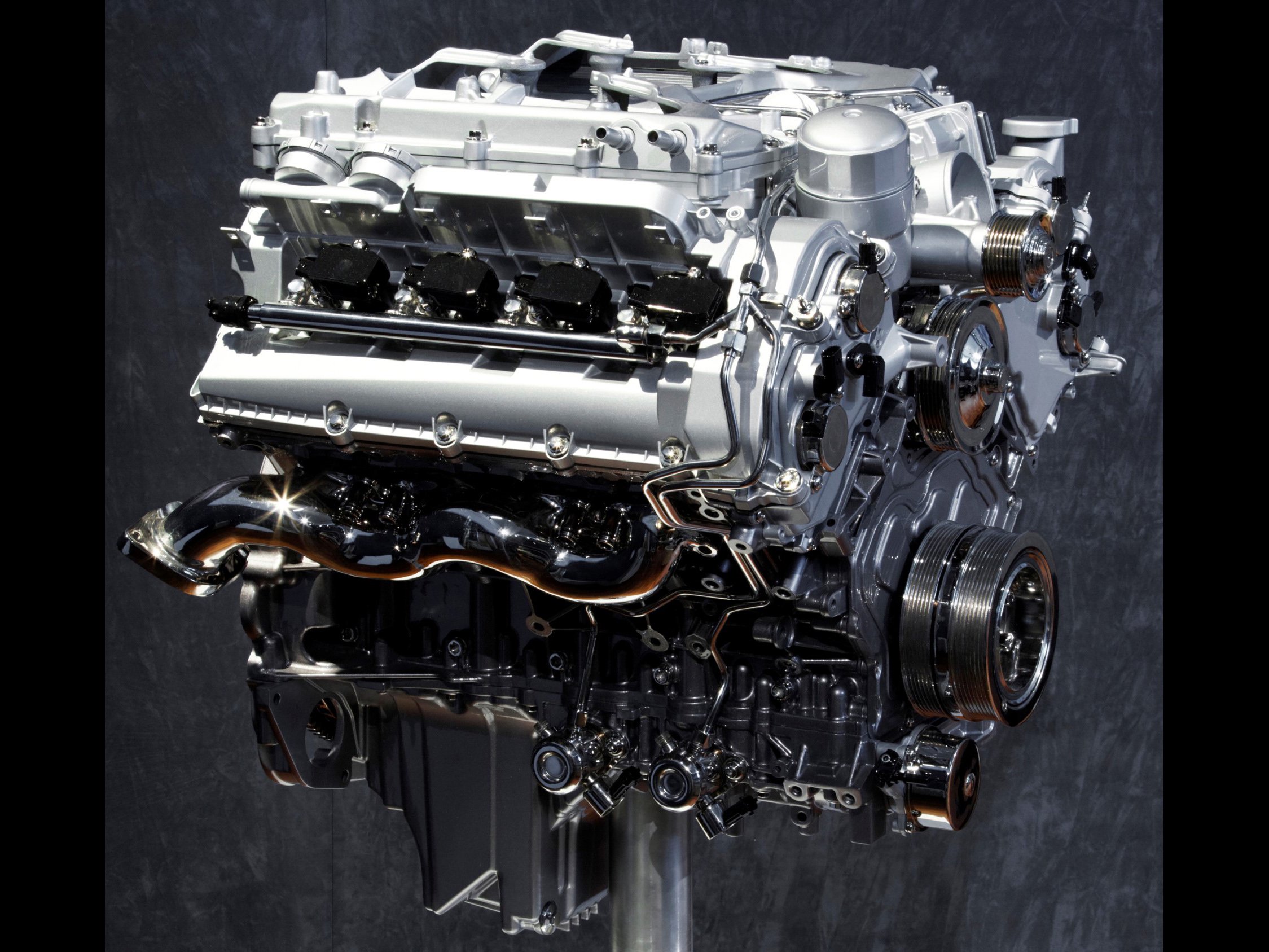
Jaguar AJ-V8 III / AJ133
Second in Tier 2 is Jaguar’s 5.0L supercharged 3rd-gen AJ-V8. Like the LT, it also uses Eaton’s TVS series Roots-type supercharger with water-to-air charge cooler.
At launch in 2009, the AJ133 experienced many teething issues. However, Jaguar has long fixed all of them, and by today’s standards this is a rather simple and durable engine with strong internals.
This engine is found in many F-Type models as well as the F-Pace SVR and the Land Rover Defender V8. In my humble opinion, it is superior to the BMW N63 in the latest Range Rover.
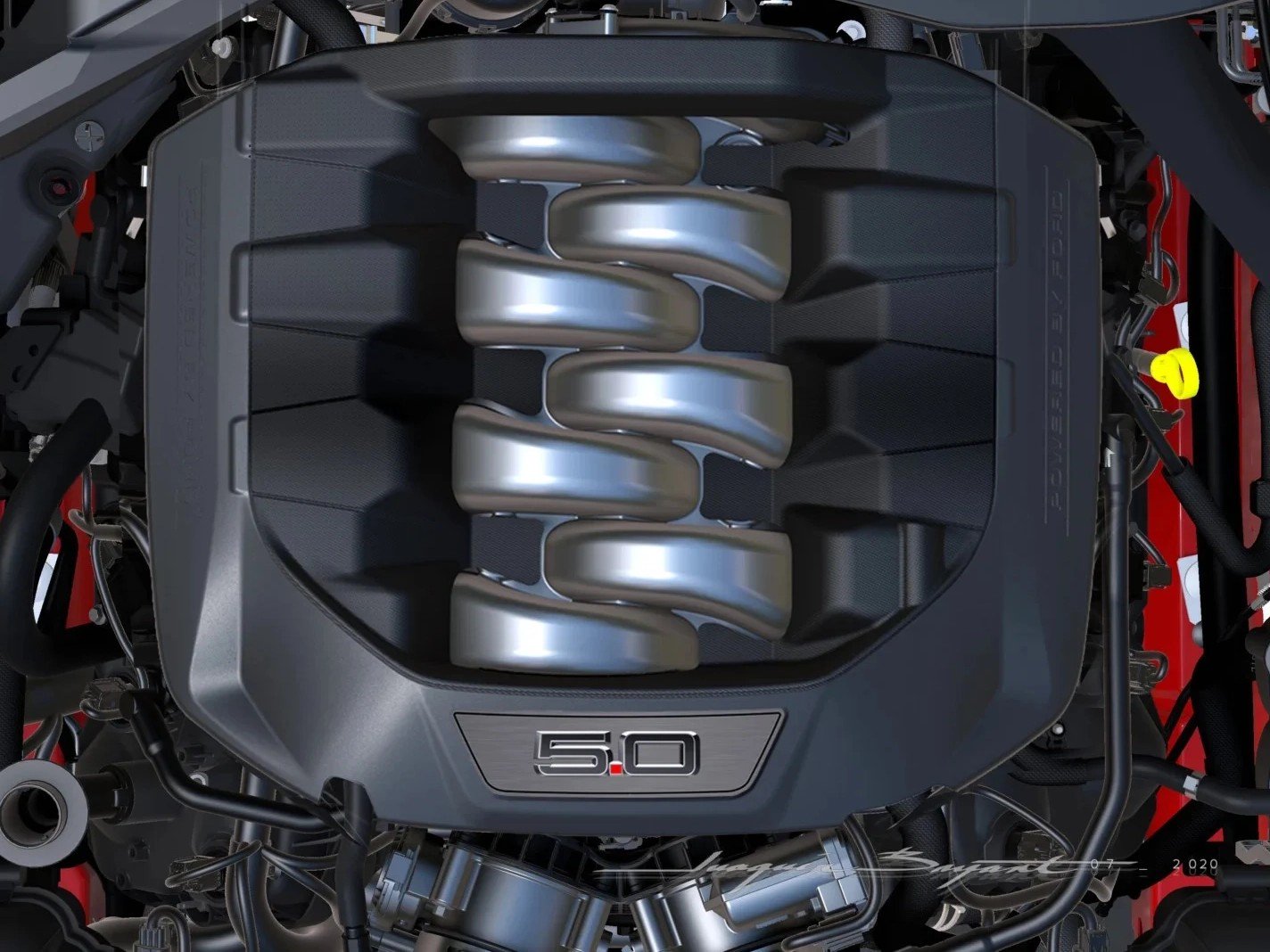
Ford Coyote IV
Third in Tier 2 is the 4th-gen Ford Coyote 5.0L naturally aspirated V8. Like the 2UR, it features both direct and port injections. However, this engine uses plasma-coated cylinder walls that the Germans love. In this sense, the Coyote may be more “advanced”, but it is unclear whether this compromises durability. It certainly makes it difficult to bore out scored cylinder walls in a rebuild.
The engine is found in Mustang GT and F-150. It is overall a great engine with good mass market appeal.
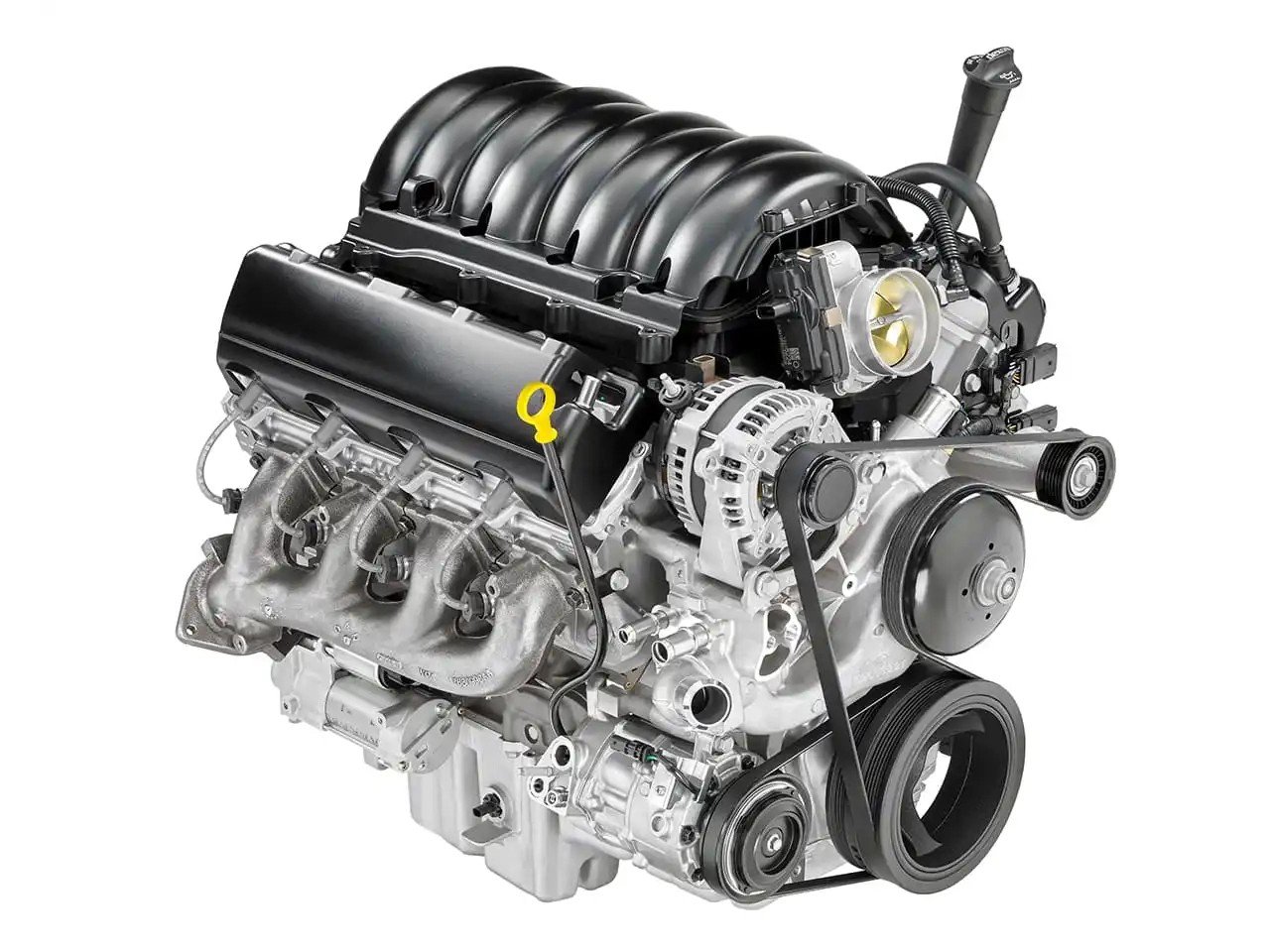
GM L87 EcoTec3
The L87 can be generally considered the Corvette engine minus the supercharger. While there are other differences, the fact that these are all on the same 5th-gen Chevy small-block platform means that it can be easily upgraded to deliver the same performance. It also helps that these engines have some of the best aftermarkets supports.
In stock form, the L87 is simple, compact, lightweight, and it delivers enough power for the big trucks in which it is fitted.
GM also makes the L84 5.3L engine that is essentially a smaller variant of the L87. That engine is very much less interesting and should be avoided, especially since it is only a couple of thousand dollars less new. I would put the L84 in Tier 3, but there is not much to add there.
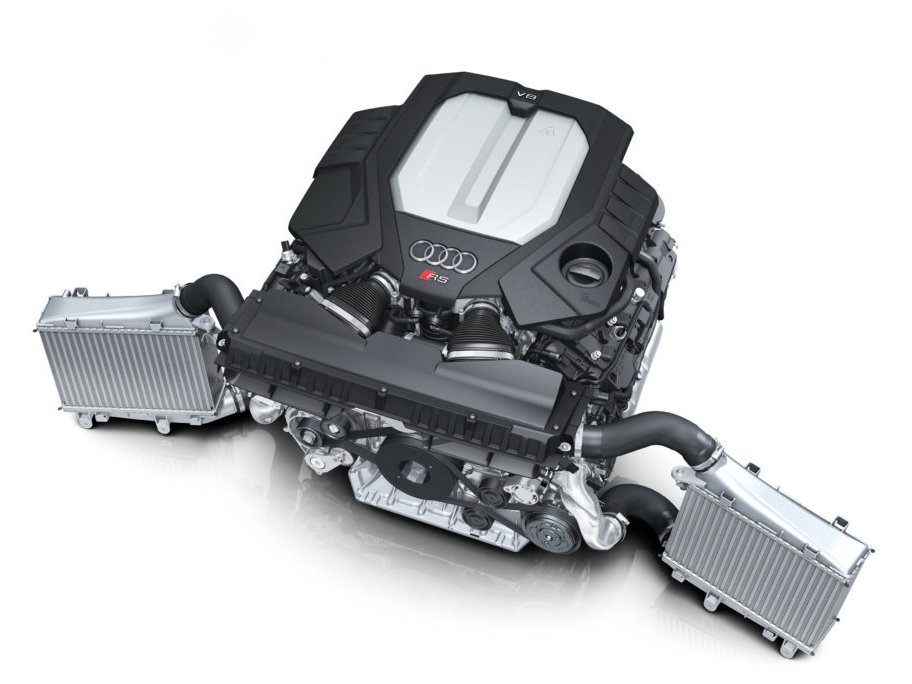
Volkswagen EA825
Just squeezing into Tier 2 is Volkswagen’s twin-turbo hot-V EA825. While initially quite problematic, the current version of EA825 has been updated by Porsche engineers, who resolved many of the original EA824’s problems. The story goes that, as Porsche was ditching its own 4.8L V8, inside Volkswagen group the development of its V6 and V8 engines were split: Audi is responsible for the V6, while Porsche is responsible for the V8.
Thankfully, even though the EA825 shares many of its design characteristics with the EA839, it has proven to be quite more robust. It also helps that most applications are petrol-only, without hybridization.
Why Are German V8s Less Durable with Lower Ceilings?
Rather than stating how it is great and you should definitely buy it, however, I want to compare the German design to the Italian design. First, all contemporary German V8s are hot-V bi-turbo units. While this in theory improves heat scavenging, it creates a heat-soak problem in the narrow valley. Second, the German V8s have to do with less efficient charge coolers rather than air-to-air intercoolers. Third, German V8s tend to be slightly under-square. This is probably constrained by engine packaging and partly to make low-speed operations smoother. However, it is not so great for power and longevity. Fourth, German V8s lack cylinder liners. Fifth, Germans love to use plastics and light-weight materials. All these explain why they have lower ceilings and are less durable by design.
Tier 3
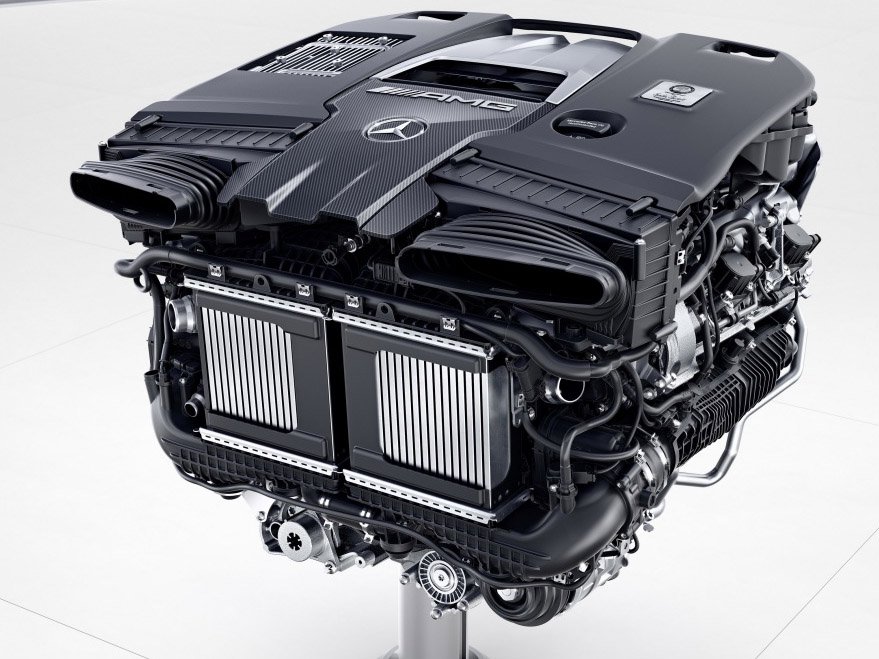
Mercedes M177/M178
Beginning with Tier 3 is the Mercedes M177 with its M178 variant. Closely related to the M176, this AMG engine has different accessories and vastly different outputs and applications.
A point of disappointment is that the M177 no longer uses duplex timing chains, which just two decades ago were used even in the cheapest inline-4 Mercedes engines. In fact, Mercedes has switched to single-row silent chains in its high-dollar V8, the same type found in the cheapest 3-cylinder eco-boxes of the lowest-tier makes.
I put it first in Tier 3 because it seems that there are not too many owner complaints despite the cost-cutting. The only complaints that I am aware of relates to how every repair requires engine removal and how this engine does not like to be modified or tuned. The latter is hardly surprising, for from factory it is already at its limits.
The M177 uses wet sump lubrication and appears in standard AMG 55 and 63 models as well as all current Aston Martin vehicles. The M178 is exclusive to the AMG GT and Aston Martin Valhalla.
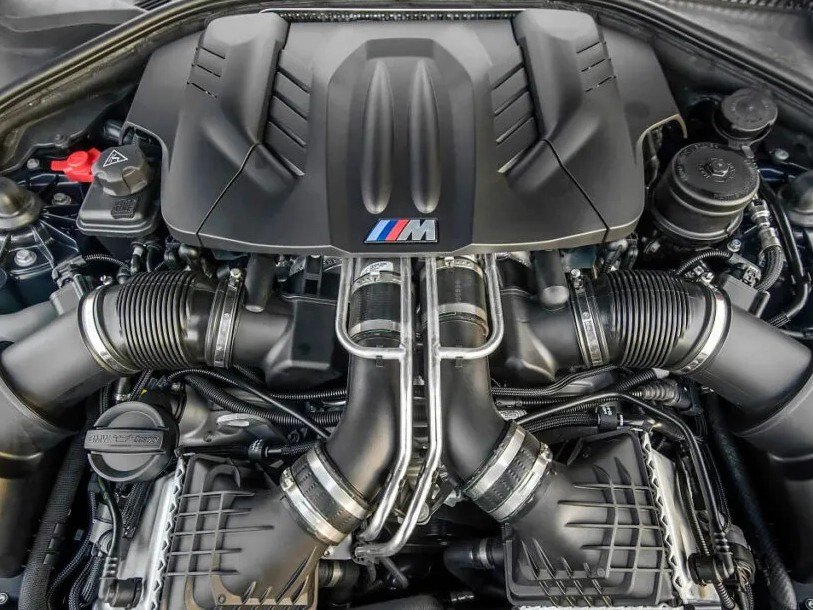
BMW N63/S63
At launch, BMW’s N63 was probably the worst V8 petrol engine ever made. Any issue that an engine can have, it had. However, BMW seems to have fixed many of the pre-mature, pre-mature failure points.
Like other current BMW petrol engines, the N63 has a full feature suite, including Valvetronic variable valve lift. As I said about the B58 and S58, I do not see how this helps a high-boost turbo engine; in fact, BMW is the only company doing it. This engine also uses rear-mounted timing chain setup, just like the EA825, which is very difficult to service, though at least BMW still uses roller chains.
N63 with the “M” output level is actually no better than the naturally-aspirated engines in Tier 2. With the “T” designation, N63 is slightly better, though not worth it considering the reliability baggage. The S63 comes in some special-ish M cars and in my opinion should be the only BMW V8 to consider if you have to do it.
Probably, the S63 will have a lower ceiling than the S58. This is the main reason I think it is unappealing even compared to the Mercedes M177, because Mercedes’s six-cylinder is no good.
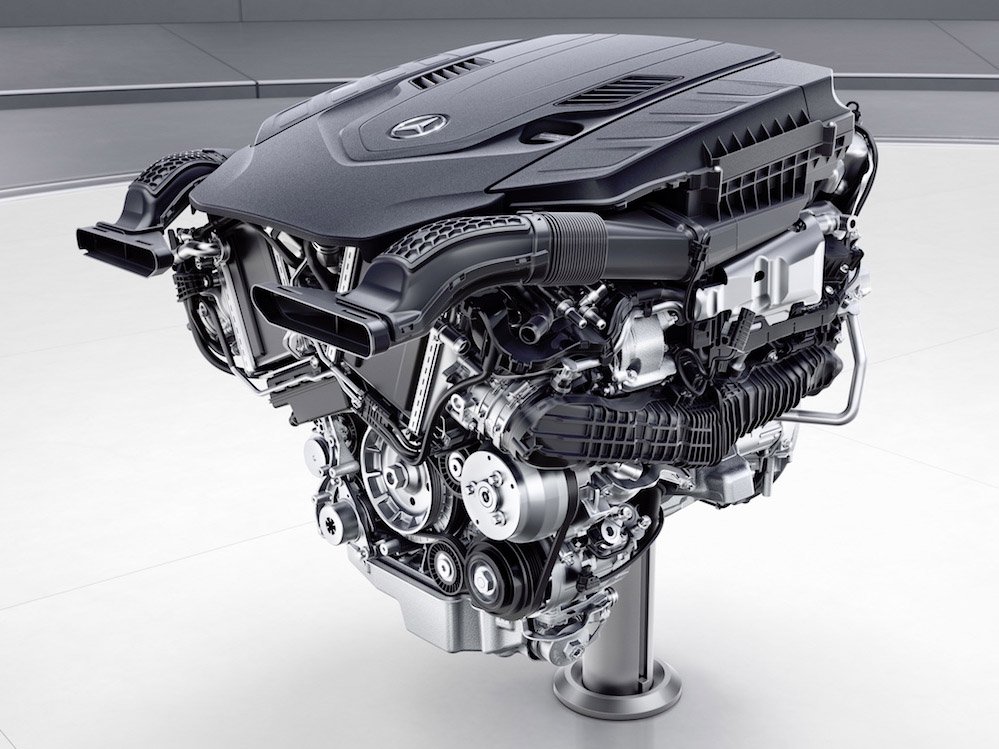
Mercedes M176
The M176 is the low-output variant of the M177. Other than being in a lower tax bracket in some countries, it is uncompetitive when compared to all of the engines that I mentioned above.
Of course, if a big Mercedes sedan or SUV is what you want, the M176 is what comes with the car.
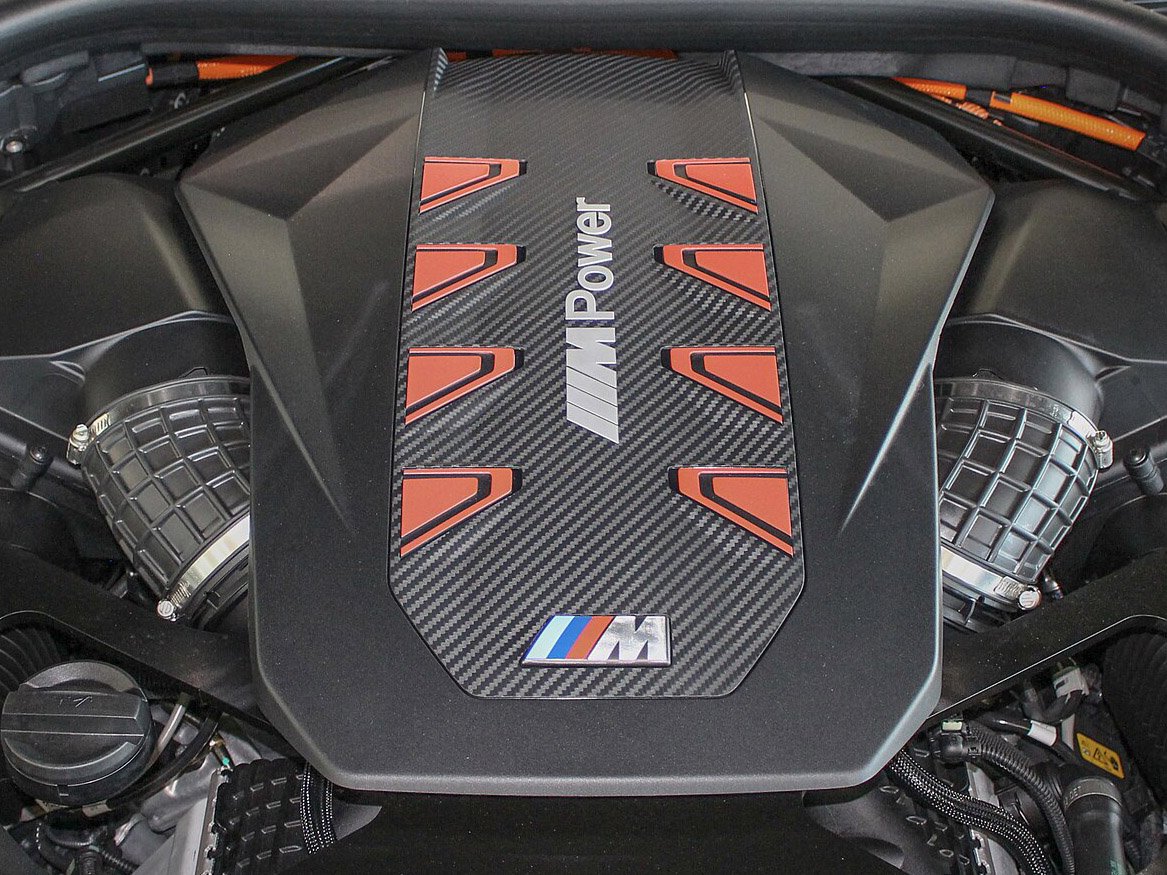
BMW S68
Lastly, I have BMW’s new S68. It has very similar design to the N63 and S63 but uses hybridization much more aggressively. Compared to the S63, the S68 has slightly higher compression ratio. It also features a new ELECTRIC VANOS system. This is a first in BMW engines, as all previous VANOS variable valve timing systems used oil pressure.
Of course, this entails the use of 48V mild hybrid system. I guess we can expect a period of renewed turmoil in BMW reliability in the coming years.
To be honest, I don’t think this is a new design. BMW would say that it is an “8” because it is a TVDI engine. TVDI stands for Turbocharged, Valvetronic, Direct Injection; BMW says its engines are now coded B38, B48, and B58 for this reason. I say this is marketing nonsense; more likely, BMW sells many cars in China and wants to name everything “8”.
The S68 will completely replace the N63 and S63 in due course, but since Euro 7 is still years away, BMW will have the time to fix the engine’s problems.

